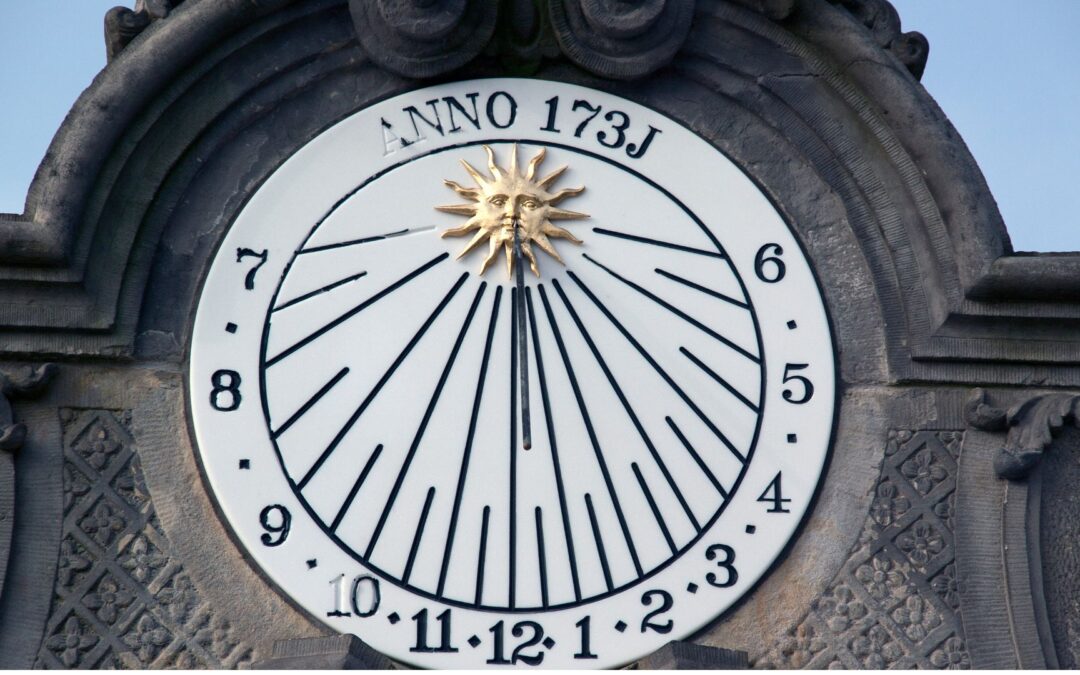I’ve been a Strengths practitioner for a number of years and have used Strengths profiles in a variety of ways. I’ve coached individuals, worked with teams and supported managers wanting to develop their leadership strengths.
No profile or questionnaire offers a magic bullet. However I have observed many ‘aha’ moments when using Strengths with clients.
The origin of Strengths
Strengths are rooted in Positive Psychology where the emphasis is very much on identifying what you’re are good at and enjoy rather than improving the things you’re not. By knowing your Strengths you can explore more fulfilling job and life roles and maximise your ability to flourish. Read the research findings on the benefits of using your Strengths here.
In this post I’ll outline what to expect when you complete the questionnaire and provide an overview of the results.
What do you get?
The Strengths questionnaire takes around 30 minutes to complete. Complete the profile honestly, and in a positive frame of mind. There are no better Strengths to have- so there is no merit in attempting to ‘game’ the questions.
Depending on your responses to the statements, the resulting profile identifies, from a possible 60 Strengths, the following:
Realised Strengths
Up to 7 Strengths you have identified as things you are good at, which you enjoy and which you have the ability to use in your current role.
Unrealised Strengths
Around 5-6 Strengths that you are good at and would enjoy- if only you had the opportunity to use them.
Learned Behaviours
5-6 Strengths that you have- but which you don’t find energising. Or ‘duty’ Strengths as I like to call them.
Weaknesses
Up to 3 things you are neither good at nor enjoy.
Your report includes a handy dictionary of all 60 Strengths at the end of the report.
How can you make best use of the report?
- Take time to read through your profile. Does it feel as though it’s describing you? If you strongly disagree you can consider changing 1 or 2 Strengths if you feel other Strengths describe you better.
- The profile is self-assessed, and we all have our blind spots- ask someone who knows you well to look at the Strengths Dictionary and select the top 7 Strengths they think best describe you. Others may notice things you miss.
Using your Realised Strengths
Think of your Realised Strengths as a piano keyboard. Use them in the right context and the right amount to create a melody, rather than playing all the keys at once. For example, Rapport Builder is one of my top Strengths. I really enjoy meeting new people, putting them at their ease and making small talk. If I am on a stand at an Open Day, I will spend all day practising this Strength- and even though I enjoy using it, I will need to go and lie down in a darkened room afterwards. If I over-use my Realised Strength there is a risk I’ll get tired of it- and it may become a Learned Behaviour.
Maximising your Unrealised Strengths
Look for opportunities to use these more often. You will double your enjoyment by using more of your Unrealised Strengths.
Learned Behaviours
All jobs will involve Learned Behaviours some of the time. While you are perfectly proficient in these Strengths, they won’t energise you in the same way that your Realised and Unrealised Strengths do, so aim to moderate their use.
Weaknesses
Use these least. You could work on your Weaknesses; however it’s unlikely that you’ll become energised by them. It’s worth ensuring that jobs you apply for don’t require you to spend time where your Weaknesses are a major part of the role. You would be miserable. I was once offered a role in the Quality department. Detail is one of my Weaknesses and it would have been a match made in hell, so a lucky escape for me and for the Department.
You can access a FREE Strengths profile or invest £15.00 + vat in an Introductory profile if you’d like to discover yours. Many people find it helpful to discuss their profile in more depth with a registered Strengths practitioner.
In my next post I’ll explore how to make the most of your profile to develop your leadership Strengths.
Hide not your talents. They for use were made. What’s a sundial in the shade.
Benjamin Franklin.


